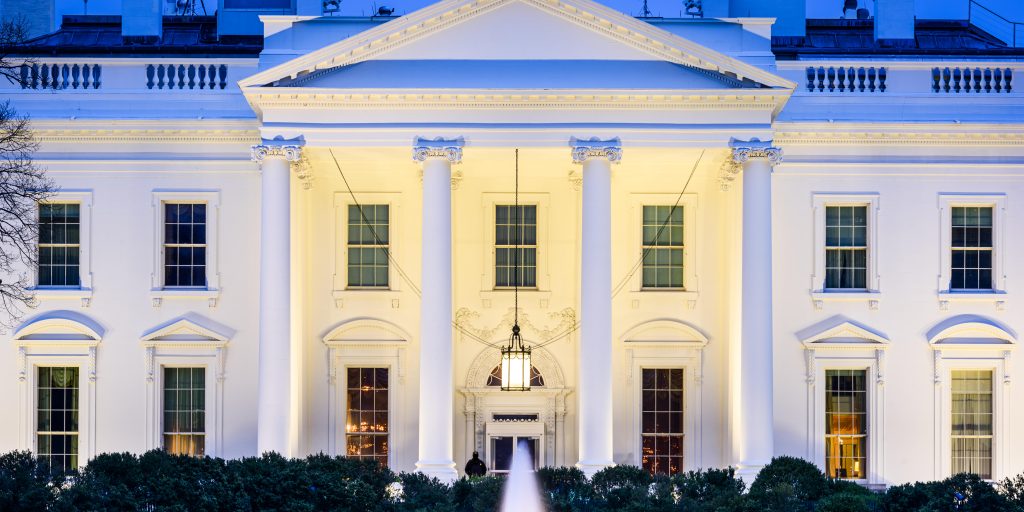White House, Department of Health and Human Services to end COVID emergency next week
After years of uncertainty and turmoil, there’s an end in sight for the government’s emergency response to the COVID-19 era—and it’s coming next week. The Department of Health and Human Services is set to let its federal Public Health Emergency expire next Thursday.
Meanwhile, the White House is simultaneously putting an end to most federal vaccine requirements, and across the nation, local and county governments are likewise wrapping up a historic and oftentimes contentious chapter by finalizing priorities for their American Rescue Plan Act (ARPA) dollars.
“We have successfully marshalled a response to make historic investments in broadly accessible vaccines, tests, and treatments to help us combat COVID-19,” reads a statement published Monday by the White House, noting that, since January 2021, COVID-19 deaths are down 95% and hospitalizations have decreased by nearly 91%. “While vaccination remains one of the most important tools in advancing the health and safety of employees and promoting the efficiency of workplaces, we are now in a different phase of our response when these measures are no longer necessary.”
The date marks three years since local governments pivoted rapidly to address emergency emerging pandemic-related needs in their communities, taking services online and enacting stay-at-home mandates, and a little more than two years since the passage of the historic ARPA, which invested $350 billion Coronavirus State and Local Fiscal Recovery Funds program including approximately $65 billion to large cities and counties with populations over 250,000.
When ARPA was proposed, it was presented as an opportunity not only for cities and counties to respond to the immediate pandemic-related needs on their communities, but to look to the future. The findings published by the Brookings Institute quantifies the success of that intention.
“Local governments have not only accelerated their SLFRF commitments, but begun to crystallize their longer-term strategies for economic recovery. It also demonstrates how these cities and counties have used Treasury’s final rule to reduce administrative burdens and increase the flexibility of these funds,” the brief says.
Since ARPA’s passage, researchers from the Brookings Institute outline that the majority of large cities and counties have allocated their allotments, with most prioritizing government operations (41% of total commitments) including fiscal health recovery and wages for public employees. Inrastructure investments, meanwhile, “have taken the longest to spend for both cities (where infrastructure investments make up 5% of expenditures and 9% of commitments) and counties (where infrastructure investments make up 4% of expenditures and 13% of commitments),” the brief says, noting data will continue to be tracked over coming years as the funding is spent.
The budgeting data was tracked via the Local Government ARPA Investment Tracker, a joint research project from Brookings Metro, the National League of Cities (NLC), and the National Association of Counties (NACo).




















